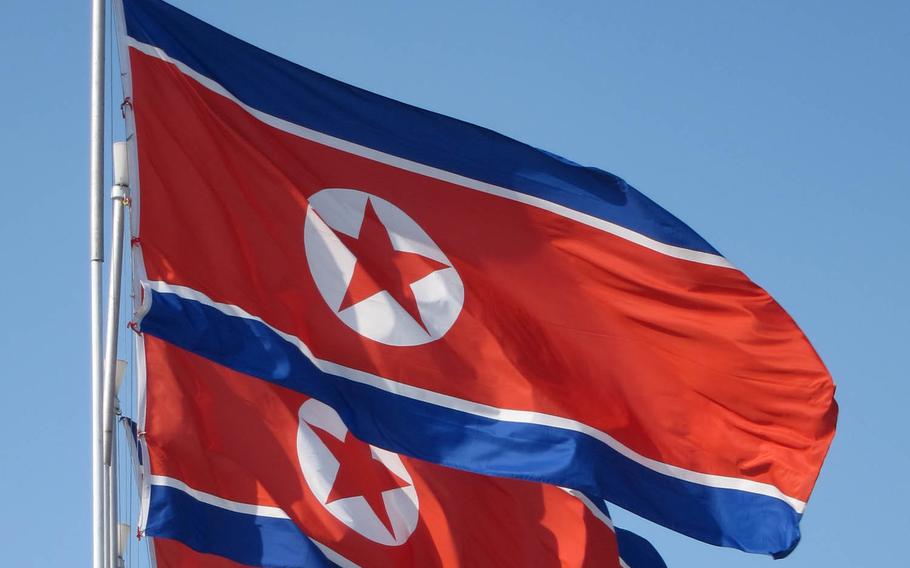
Commercial satellite imagery indicates a high level of activity at North Korea's nuclear test site as Pyongyang apparently is keeping the facility in a state of readiness, according to monitoring group 38 North. (Courtesy of Wikicommons)
SEOUL, South Korea — North Korea fired three ballistic missiles into the sea Tuesday in a fiery answer to plans by Seoul and Washington to deploy a U.S. advanced missile defense system on the divided peninsula.
South Korea’s military said the missiles had sufficient range to reach any part of South Korea, including the Seongju region southeast of Seoul where the Terminal High-Altitude Area Defense system, known as THAAD, is to be stationed.
The salvo began at 5:45 a.m. with nearly back-to-back Scud missiles and was followed with a Rodong intermediate-range ballistic missile about an hour later, according to a statement from the U.S. Strategic Command.
Two of the missiles flew about 310 to 372 miles, a Joint Chiefs of Staff spokesman, Jeon Ha-kyu, told reporters. The military was analyzing how far the third missile flew, he said, revising an earlier statement that all three flew the above distance.
Jeon noted the timing of the launches.
“It can be interpreted as Pyongyang’s clear message that it can attack Seongju and any other part of South Korea,” he said.
They were launched in the western city of Hwangju and flew across the country before crashing off the east coast in the Sea of Japan, officials said.
South Korea strongly condemned the launches, with the Foreign Ministry calling it “a blatant violation of relevant United Nations resolutions and a provocation threatening the safety and peace of the Korean Peninsula as well as the region.”
Ministry spokesman Cho June-hyuck also said South Korea will take the necessary diplomatic steps to stiffen international pressure on Pyongyang, which already faces U.N. sanctions that were toughened after it conducted its fourth nuclear test in January.
Japanese Defense Minister Gen Nakatani also called the launches “an act of provocation that undermines regional and international security.”
“We absolutely cannot accept it,” he said, according to The Associated Press.
The North has issued a string of angry warnings since the U.S. said it was slapping leader Kim Jong Un with sanctions. Pyongyang also threatened last week to retaliate against THAAD with a “physical counter-action.”
Washington and Seoul say the anti-missile battery is needed to counter the growing threat from the North, which has test-fired several missiles in recent months.
Melissa Hanham, an expert on North Korean issues at the Middlebury Institute of International Studies at Monterey, Calif., said the launches appeared political in nature.
“Every missile test will give you some technical information that can be useful,” she said in a telephone interview. “That being said, the timing of it, the range and the number of them right after the THAAD announcement probably makes this largely a political test rather than a technical test.”
The two Koreas remain technically at war since a 1950-53 war ended with an armistice instead of a peace treaty. The U.S. maintains about 28,500 servicemembers in the South.
gamel.kim@stripes.com Twitter: @kimgamel